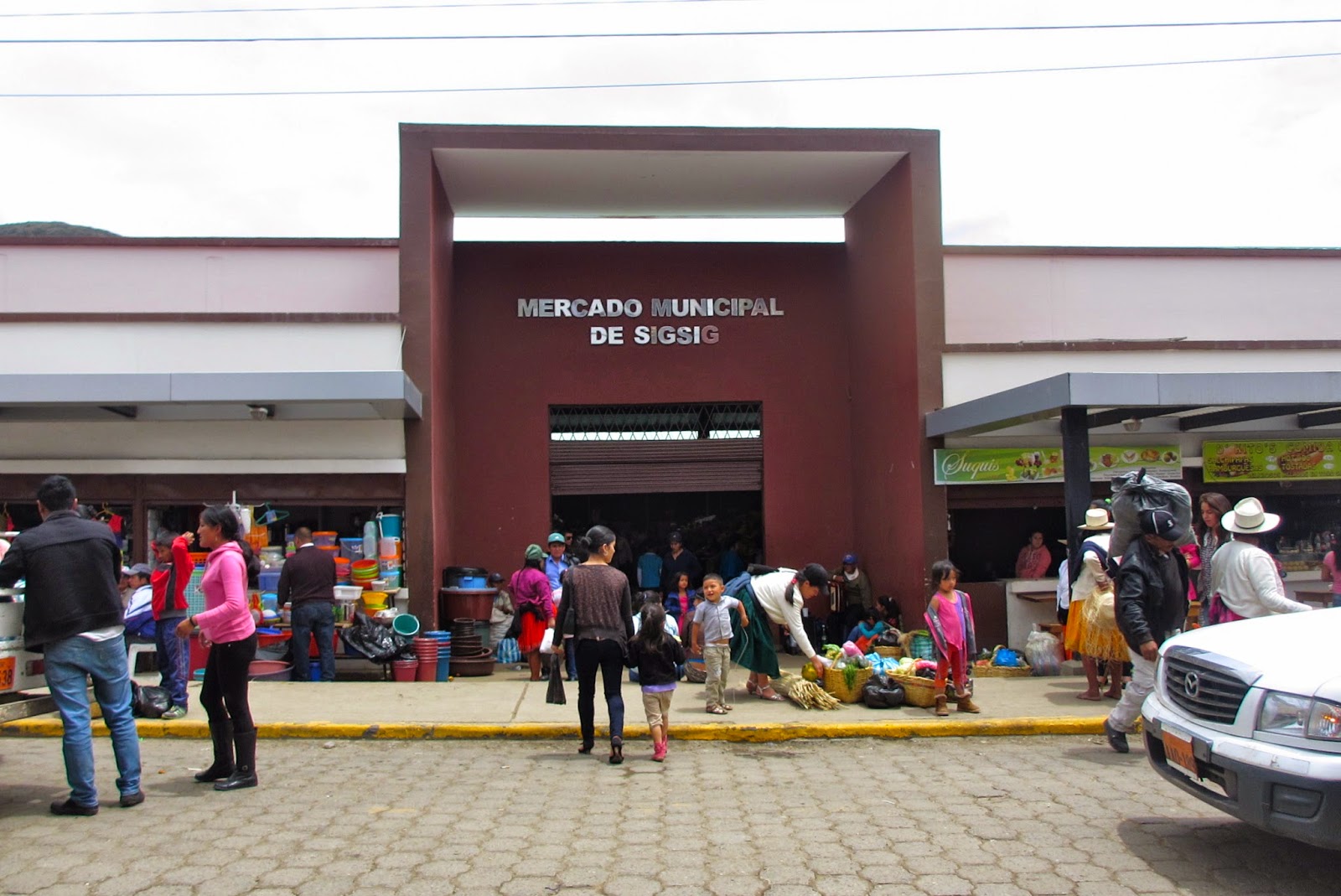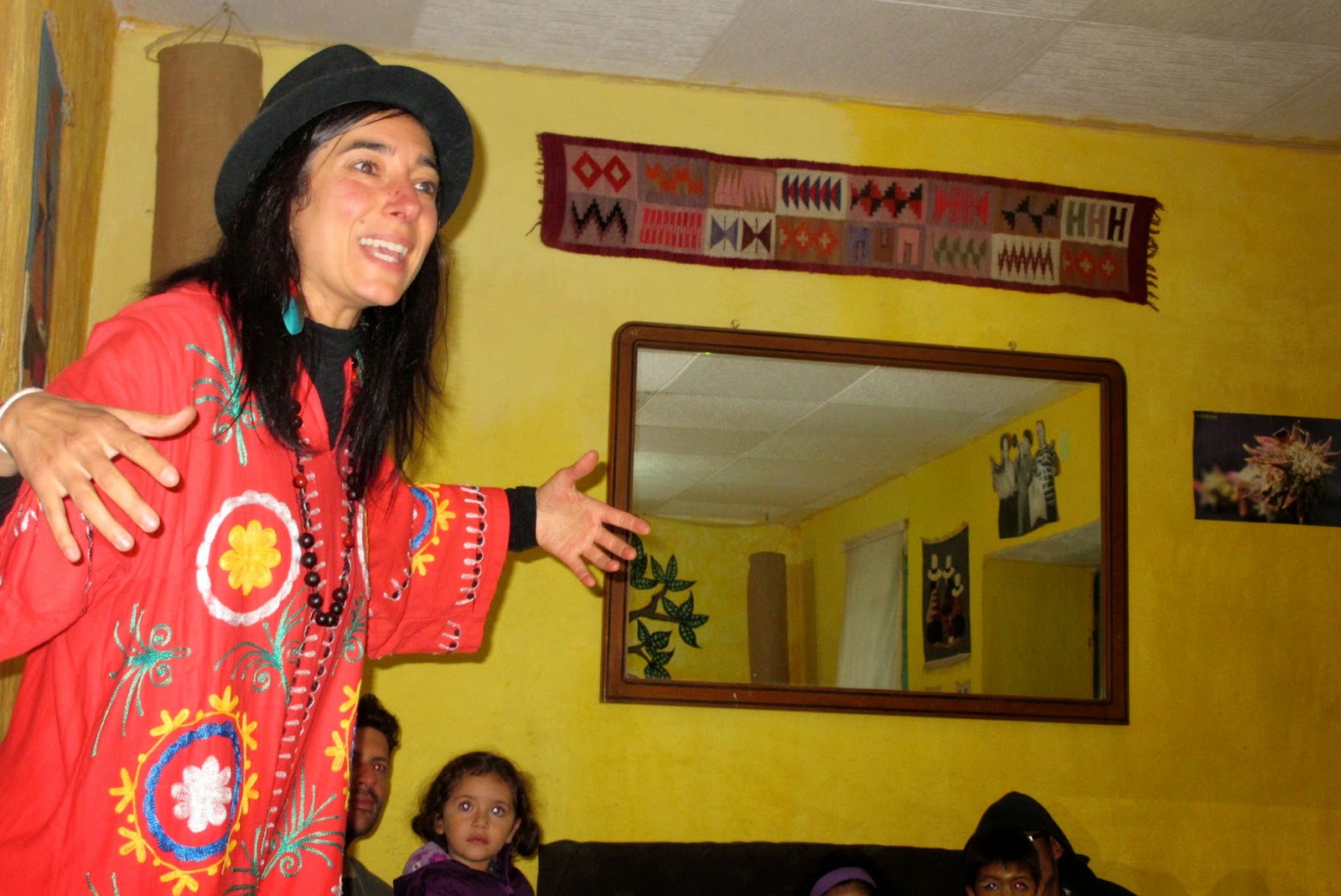Learning
the lyrics to songs by Latin performers is one of the best and most enjoyable
ways I know of to learn Spanish. And most of the popular songs have been
translated to English. I feel like a sleuth divining a mystery when I am able
to learn the meaning of the words to the songs all of my Latino neighbors are
singing. Although I spent much of
my time in the weeks previous to the Alejandro Fernández concert watching his
performances on youtube videos and attempting to commit his song lyrics to
memory, my efforts were no match for the aptitude of Latin American fans. I did
not even come close to the virtuosity of Alejandro Fernández devotees in terms
of talent for singing along with every verse. In fact, he frequently holds his
microphone to the audience when he wants fans to carry the song. It is the
interaction with the audience that he seems to thrive on, and led to his
becoming more and more fluid and rhapsodic as the evening progressed.
Having
lived in the Dominican Republic for two years prior to living in Ecuador, I
grew fond of Dominican entertainers. My neighbors all knew the words to every
popular Dominican song blasted from speakers at neighborhood stores, known as colmados. Partly due to the financial poverty of the Dominican Republic (most
of my neighbors did not have cars, and they stayed close to home on the
weekends), Dominicans paid
attention to music. Barrio residents
sat in plastic chairs sipping beer in front of the colmado many evenings, and
most of the day Sundays. They entertained themselves singing every word to
every song played by Dominican Singers Prince Royce, Romeo Santos and Juan Luis
Guerra, all whom have performed at Chile’s famous Festival Internacional de la Canción de Viña del Mar or Viña de Mar Song Festival. Since
coming to South America, I’ve realized the importance of Dominican music
throughout Latin America. Dominican musicians are played frequently on
Ecuadorian buses and streets.
My
first concert at Santo Domingo’s Estadio
Olympico remains memorable. The
well-known Mexican Singer Marco Antonio Solis, performed, as did Puerto Rican
singers Chayenne and Marc Anthony. The 3 singers were billed as Tres Gigantes, or “Three Giants” of
Latin American Music. I will always remember the devotion with which the
audience participated that night. I imagined that Ecuadorians, like Dominicans,
would know every word to every song performed by the artist on the stage, and I
was right.
Being
with Alejandro Fernández concert participants, I was deeply impressed that
everyone in the audience knew every word to every one of his songs, and sang
along. Loyalty to Latin American music is fierce. It is as though each
Alejandro Fernández patron is also a poet. I feel a tremendous gratitude for
the power of Latin American verse.
I’m in awe of every poet in his audience, and the ardor with which they
sing his songs. Devotees don’t just sing the words, or letras, as lyrics are called in Spanish. They dance his songs,
moving with the rhythm and punching their arms into the air with each line of the
chorus.
Cuenca’s
Estadio Alejandro Serrano Aguilar is a venue far
preferable to that of the Estadio
Olympico in Santo Domingo. I walked to the stadium in Cuenca before the
show started, and immediately befriended an Ecuadorian family with whom I sang
and danced throughout the evening.
Surrounded by other concert-goers, I walked home in well-lit Cuenca
after the show was over, at 1 am. I would never have walked at night in Santo
Domingo. Crossing the Puente
Mariano Moreno over the Rio Tomebamba, I climbed La Escalinata from the river to El
Centro. For the first time, I
witnessed the youthful nightlife of Cuenca, and it was an exhilarating
experience. I too felt young!

The
music of Alejandro Fernández (and his father, Vincente Fernández), not only
makes people in the last third of their lives feel young, it brings people of
different cultures together. Just the other night I arrived at local coffee
house early for an event. An Ecuadorian man in his 60’s named René sat with me.
We chatted awhile, and then I asked him about Alejandro Fernández. He was
familiar (of course) with many of the words to his songs, and he sang these
lyrics to me. He especially loves the verse and music of Vincente Fernández.
Alejandro
Fernández carries the legacy of his famous father, Vincente Fernández,
admirably. Trained in the tradition of Mexican equestrian culture, he exemplifies the tradition of the charro, or horseman brought from
Salamanca, Spain to Mexico. As a presenter at Chile’s famous Viña del Mar Song
Festival in February, just before coming to Cuenca, he carried himself with
great dignity. He presented the flag of Mexico alongside the flag of Chile at
this performance, proclaiming the unity of all Latin American people. His
presentation of his father’s songs was the most riveting portion of his Cuenca
Concert. Alejandro Fernández wholly succeeds as cultural ambassador of
Guadalajara’s splendid charro and musical traditions.
Participating
with the thousands of fans at a Alejandro Fernández concert, or the concert of
other famous Latin American singers, I am struck that a whole world exists
apart from the world that I’ve lived in much of my life, that of the United
States and North America. In so many ways the rhythms, feeling and passion feel
altogether exotic, as though the music of Latin America is that of an
unexplored dark stranger. I’ve imagined that Latin America is seen by North
America as carrying what Carl Jung would call the Shadow function. Indeed, Latin American music seems to hold much of
the feeling and expression lacking in (Caucasian) North American culture.
Alejandro Fernández embodies the feeling and romance a of Latin America as well
or better than any singer alive today.

















































